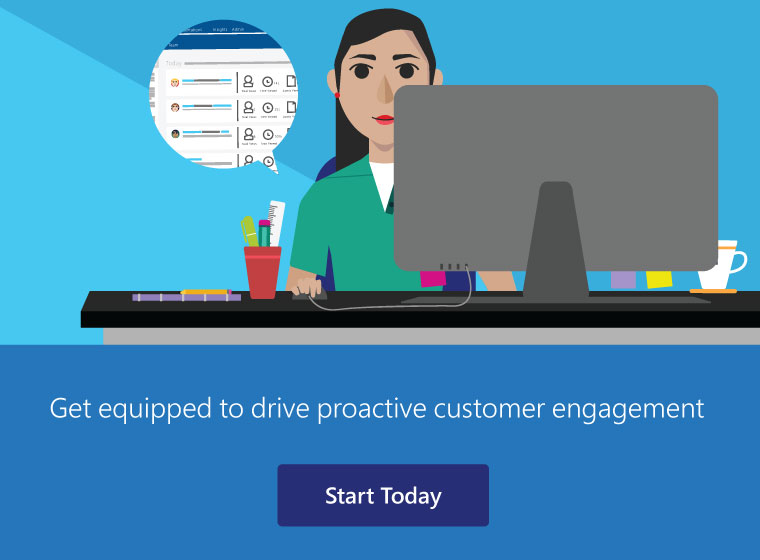
Top InMail tips to help you break through the inbox
If you hadn’t noticed yet, we’re very excited about the tools and resources packed into LinkedIn Sales Navigator. Recently, we’ve been exploring the different tools within this social selling toolkit and discovering how they can help modern sellers transform the way they identify and engage their customers. Led by Xiaoou Olivia Wang, Microsoft’s Social Selling Lead, we’ve scoured the details of LinkedIn’s Social Selling Index, pinned down how to make the most of PointDrive, and leaned into Lead Builder and Team Link, and today we’ll unpack the last piece of LinkedIn’s social selling toolkit, InMail, along with a few tips to help you make first contact with your next big lead.
Likely the most familiar of the tools within Sales Navigator, LinkedIn InMail is your direct line of contact to new leads. Hopefully, by now you’ve identified your potential lead with Lead Builder and used Team Link to find a colleague who can set up an introduction; now you’re ready to reach out to your new contact. Traditionally, messages on LinkedIn require an initial connection – you send them an invitation to connect and they have to accept – but InMail bypasses that requirement and allows you to reach out to anyone, anywhere, at any time. This way, you’re not caught in the waiting game while your lead ponders your invitation. Designed to create and sustain relationships across LinkedIn’s vast network, InMail even provides you with a list of ice breakers for making that valuable first impression with your new lead. From mutual connections, and familiar locations, to shared interests and histories, InMail cross-examines both parties’ profiles to help identify common ground and get the conversation rolling.
To add to InMail’s built in intelligence, we’ve put together three tips for making sure your message is well received.
- Be brief
It’s no secret that everyone’s busy. With any InMail, your initial strategy should be to say what you need as simply as possible. Be concise, utilize bullet points to call out your key details, and once you’ve stated your case, thank the reader for their time. - Be valuable
The best InMails demonstrate an understanding of the person you’re reaching out to. Show that you recognize one of your lead’s major pain points: costs are rising, technology is changing, etc. — and offer a solution to that problem: “I can save you 15% on your infrastructure costs.” This not only demonstrates that you’ve researched the lead’s industry, but immediately shows the reader why they should care about your message. - Be clear
Make your objectives known. In our experience, the highest performing InMails feature a clear call to action. If you want to set up a call, ask for a call. If you want them to click on a demo link, ask them to click on the demo link. If you want them to message you back, state that you look forward to their reply. Know your goals and express them clearly.
The InMail feature within LinkedIn Sales Navigator is an excellent resource for transforming potential leads into long-term customers. Once you’ve made that initial contact, don’t be afraid to share a link to a PointDrive you put together, or set up a call to further explore your opportunities. Together with tools like Team Link and Lead Builder, InMail offers you and your colleagues an excellent resource for developing your social selling skills. To learn more about social selling, visit our intro blog, Unpack social selling: how to avoid the common mistakes and don’t forget to register for LinkedIn Sales Navigator today.





